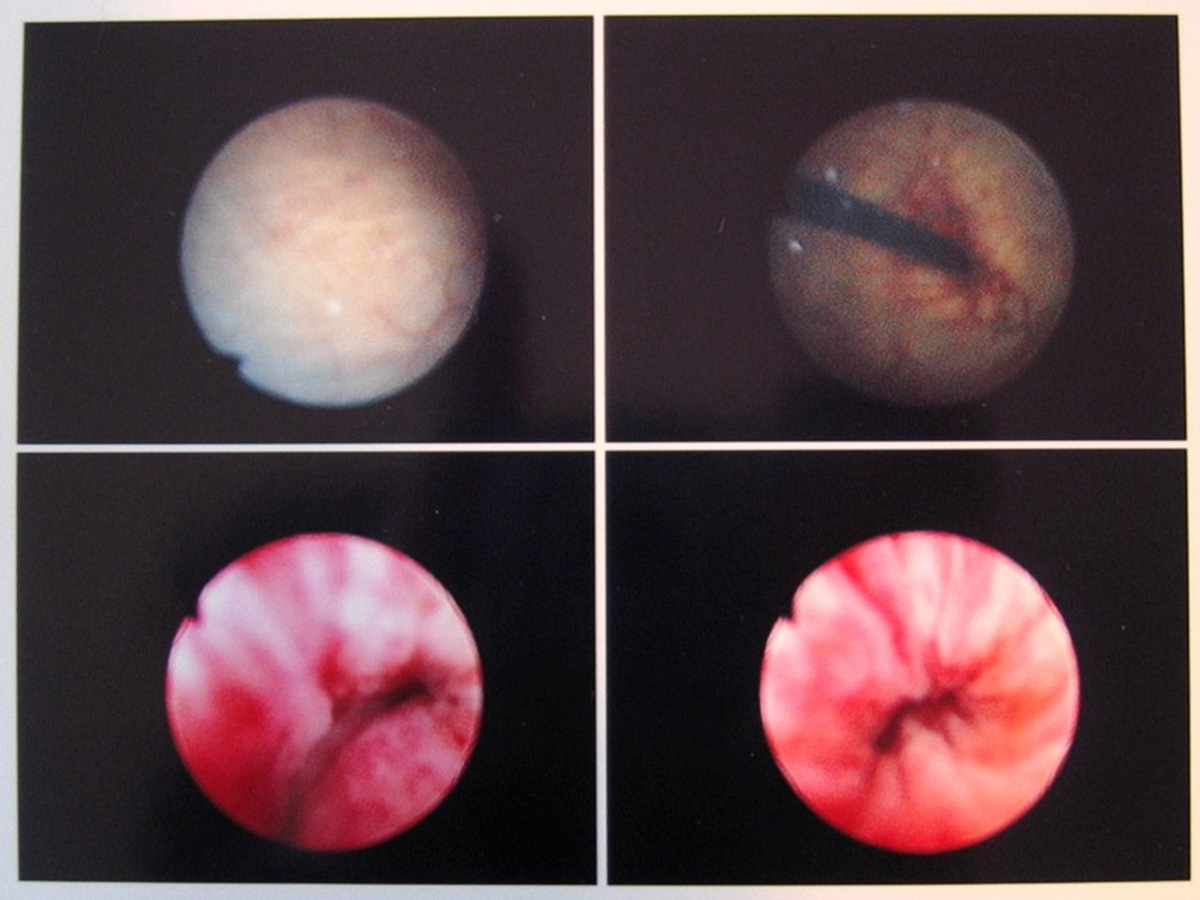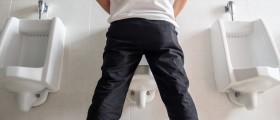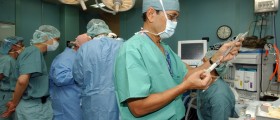
Cystoscopy is an invasive exam of the urethra and the bladder which includes insertion of a cystoscope and inspection of the lining of these two organs. The exam gives insight in any changes that might affect the inner surface of both the urethra and bladder which cannot be evaluated in any other way. Also, cystoscopy is performed when structural changes have been detected with other imaging methods but the nature of these needs further evaluation.
What is Cystoscopy Used for?
Cystoscopy is a very convenient means of diagnosing many conditions of both the urethra and bladder without exposure to radiation. The doctor uses only the cystoscope, an optical instrument with two ports, one which allows doctors to inspect the inside of the bladder and urethra and the other through which instruments necessary for certain interventions are inserted.
As for indications, cystoscopy is basically performed if there is hematuria (blood in the urine) of unknown origin or persistent hematuria, in people suffering from urinary incontinence, urinary frequency/hesitancy and people who cannot pass urine (urinary retention). The procedure additionally evaluated individuals experiencing urgency to urinate.
Furthermore, cystoscopy may help doctors thoroughly exam people with recurrent urinary tract infections especially if these fail to response to several treatments.
Cystoscopy is also used in case there is some kind of blockage in the urethra (e.g. stones, tumors or enlarged prostate). It can be of great help in removing foreign objects from the lower portion of the urinary tract.
And finally, it is exploited in the purpose of catheter insertion which either helps urine flow from the kidneys to the bladder (ureteral catheters) or when urters are placed in the ureter as a part of an X-ray test known as retrograde pyelography.
Prior to the procedure patients are due to report all the medications they are currently using (particularly blood-thinning agents) and allergies to drugs or other allergens. Pregnant women should never be tested unless there is a strong indication for the exam.
Cystoscopy is performed with the assistance of local, spinal and sometimes general anesthesia. One should have somebody drive him/her home after the test since the anesthesia will interfere with both the coordination and balance.
The bladder should be completely empty prior to the exam. As a matter of fact patients are told for how long they should abstain from taking fluids before the test.
The test is performed by a well experienced urologist who will have one or more assistants. Patients will remove most of their clothes and lie down on the table, remaining on their back. The knees are bent and apart with thighs or feet supported by stirrups. Agitated individuals are administered a sedative which helps them relax. An intravenous line is necessary for administration of fluids and some medications.
The genital area is always cleaned with an antiseptic solution which prevents contamination of the cystosope and potential introduction of the microorganism from this body part into the urethra and bladder. Local anesthetics are in the form of jelly inserted in the urethra while general anesthesia includes drugs give through IV line. Spinal anesthesia is achieved with anesthetic agents administered via the needle inserted in the spinal canal.
The cystoscope is placed inside the urethra and guided all the way to the bladder. It takes some time for doctors to examine both organs thoroughly and take samples, if necessary.
In the end, the bladder is washed with sterile water or saline solution. Additionally, since there is a risk of infections the doctor injects the drug that prevents this complication from occurring.
Are There Risks Involved with Cystoscopy?
One should never worry about the pain during cystoscopy because painful sensations are averted with local, spinal or general anesthesia. Rigid cystoscopy may cause pain if performed in local anesthesia and this is why it always should be done under spinal or general anesthesia.
In spite of the effects of anesthesia a number of patients do complain about discomfort. They also report mild adverse effects after cystoscopy such as muscle ache and nausea or they may have blood in the urine. A burning sensation when passing urine that lasts for a few days does not represent a complication but if it tends to linger, one is due to consult his/her health care provider without delay.
One of potential complications associated with cystoscopy is swelling of the urethra. It may cause problems with urination and practically trigger urine retention. In rare cases the cystoscopy might cause damage to the urethra. The damage is more common if rigid cystoscopy is employed.
The risk of urinary tract infections is low. If one, however, develops high fever ( 38ºC/100.4ºF or above), complains about burning sensation when passing urine that lasts for more than two days, and if the urine has specific repulsive odor urine, he/she is most likely suffering from a UTI and is supposed to seek medical attention. Additional nausea, vomiting and pain in the flank area point to the spread of the infection to the kidneys which is even more complex complication of the procedure.
- www.nhs.uk/conditions/cystoscopy/
- www.nhs.uk/conditions/cystoscopy/what-happens/
- Photo courtesy of Michael Reeve by Wikimedia Commons: commons.wikimedia.org/wiki/File:Cystoscopy-im-20050425.jpg

















Your thoughts on this
Loading...